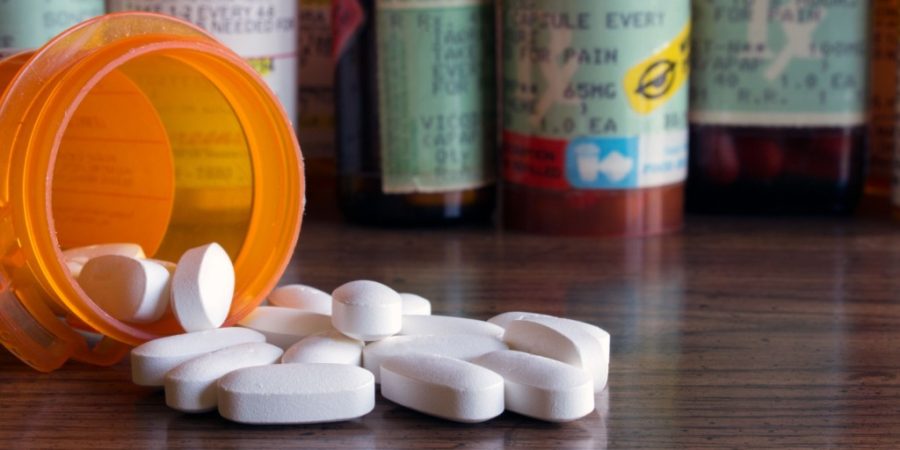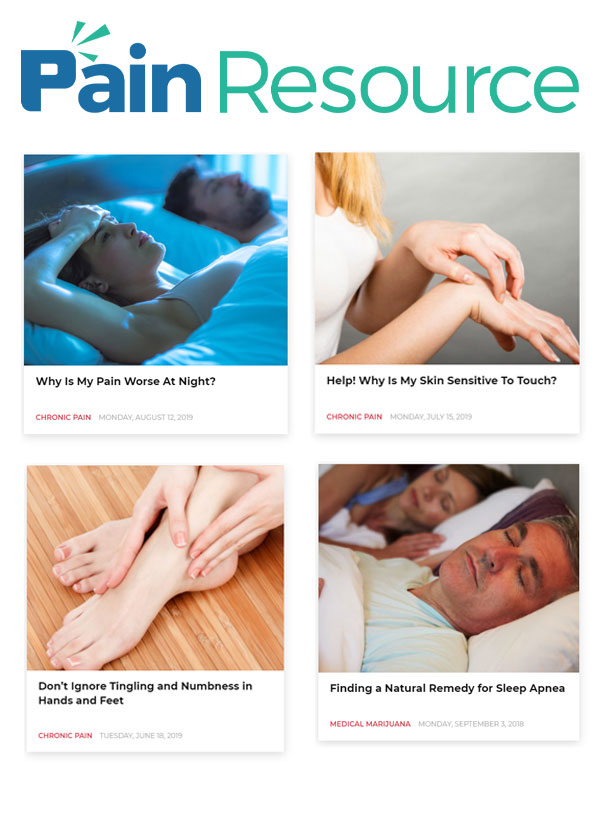
The opioid crisis in the United States affects individuals from every demographic. However, veterans are twice as likely to die as a result of an opioid overdose than civilians. Veterans are also at a higher risk of developing mental health disorders such as post-traumatic stress disorder (PTSD) and experiencing chronic pain. Together, these risk factors put veterans at a high risk of developing an opioid use disorder. Below you’ll learn more about the risks veterans face that can lead to an opioid use disorder and where you can find treatment. You don’t have to battle addiction alone.
Table of Contents
What Does It Mean to Have an Opioid Use Disorder (OUD)?


Opioid use disorder (OUD) is a mental health condition related to opioid misuse and addiction. It’s a chronic and lifelong condition characterized by the compulsive use of opioids despite harmful consequences. OUD is a type of substance use disorder that often requires professional treatment to overcome.
The most effective way to prevent opioid use disorder is to follow your prescription and stay away from illicit opioids such as heroin. However, the most effective treatment if you have OUD is to seek long-term addiction and mental health treatment to manage your symptoms.
You may be ready to put an end to your opioid addiction but feel powerless despite the negative impact on your physical and emotional wellness. As a veteran, you may struggle to seek help out of fear or embarrassment. But asking for the help you need and deserve is a courageous act of self-care.
Why Are Veterans at Risk of Opioid Use Disorders?
Addiction is a unique experience for every individual. However, several risk-factors are more prevalent in the veteran community. For instance, many veterans deploy multiple times over their careers. It’s not uncommon to return home with injuries that require prescription medication. On top of that, they are recovering from combat exposure while trying their best to re-acclimate to life at home.
Nearly one in 10 veterans get seriously injured while in the service. And just as many veterans live with severe chronic pain years after their service. Long-term usage of painkillers like Vicodin and oxycodone help these veterans manage their pain, but while these prescription opioids improve the quality of life for many veterans, for some, they do the opposite.
Over time the body adjusts to the dosage and creates a tolerance, making it harder to manage the pain. This causes many veterans to continually increase their prescription dosage. However, once veterans stop following the instructions on their prescriptions, prescription abuse or illicit drug use are never far away.
This is because they may not be able to access prescription opioids strong enough for their increased tolerance. As a result, they may turn to the black market to satisfy the cravings of their new opioid use disorders. And unregulated opiates such as heroin are more potent and more dangerous, often because substances like fentanyl are unknowingly mixed in. In this way, abusing prescription medication or using illicit opiates can lead to worsening mental health and put veterans at a high risk of overdose.
Signs of an Opioid Use Disorder
The signs of an opioid use disorder can vary from person to person. However, some common signs and symptoms meet the criteria of an OUD regardless of the specific opioid.
Signs and symptoms of opioid use disorder include:
- Taking more than prescribed or for longer than prescribed
- Spending a great deal of time thinking about, obtaining, using, or recovering from opioid use
- Craving or having a strong desire or urge to use opioids
- Struggling to fulfill responsibilities at home, work, or school, because of opioid use
- Giving up or reducing activities because of opioid use
- Continuing opioid use despite negative physical and mental consequences
- Having unsuccessful attempts to cut back or control opioid use
- Using opioids in hazardous situations
- Developing tolerance
- Experiencing withdrawal symptoms
Seeking treatment for an opioid use disorder is essential for long-term recovery. Even if you haven’t been abusing opioids long, physical dependence can occur within as little as four to eight weeks. Additionally, you can experience severe withdrawal symptoms if you attempt to stop using opioids without professional help.
What’s the Difference Between Opioid Dependence and Opioid Use Disorder?
Despite the overlap of several key symptoms, there is a difference between opioid use disorder and being physically dependent on opioids. Dependence refers to a chemical need for opioids in your body. This means that your body does not know how to function without opioids, and it is common in people who having long-term opioids prescriptions.
Opioid use disorder, on the other hand, is characterized by a pattern of behavior that has a detrimental impact on your life. For example, you may struggle to cut back or eliminate opioid usage despite the life-threatening problems it causes. Moreover, it also involves physical and psychological dependence. In this case, opioid usage is central to an individual’s thoughts, emotions, and daily life to the point it leads to cravings or compulsions. If these cravings or compulsions aren’t satisfied, individuals can experience distress or go into withdrawal.
Diagnosing opioid use disorder requires a professional evaluation. OUD is diagnosed according to a severity scale, which means the disorder is classified as mild, moderate, or severe. With that in mind, you should continue to seek help regardless of where you are on the scale.
Treatment Options for Veterans


To empower veterans as they battle their opioid use disorders, Heroes’ Mile provides veteran-exclusive residential and outpatient services. This way, veterans feel safe to open up about struggles that peers and mental health professionals in traditional rehab centers may not understand.
The first step of recovery is completing the opioid detox program. During this process, you will experience symptoms of opioid withdrawal. These vary from person to person and can be unpleasant. Common opioid withdrawal symptoms include:
- Muscle aches
- Cramping
- Anxiety
- Insomnia
- Sweating
- Nausea, vomiting, and/or diarrhea
Professional detox is recommended to prevent relapse during withdrawal. Medical detox can mitigate symptoms and reduce cravings in addition to providing the support you need to get through the process.
Furthermore, your mental health can be impacted by the effects of opioids as well as service-related trauma. As a result, most of our treatment modalities are trauma-informed. Once you have completed detox, you will transition to one of the addiction treatment programs offered at our center. You will begin the program best suited to your needs and recovery goals. Your program will consist of a combination of evidence-based therapeutic modalities designed to help veterans overcome addiction.
Our veteran-focused treatment modalities include:
- Cognitive behavioral therapy (CBT)
- EMDR therapy
- TIR therapy
- Equine therapy
- Art therapy
- Group therapy
- Recovery support for family members
With the help of the staff at Heroes’ Mile, you will learn healthy coping mechanisms to break the cycle of addiction. Surrounded by other veterans, you will be in an environment where people understand what you’re going through and know how to help.
Get Help at a Veteran Rehab Near You
At Heroes’ Mile in DeLand, Florida, we’re dedicated to helping veterans. Through the use of trauma-focused recovery techniques, you can take back control of your life. For more information on how we can help you, reach out to our admissions office at 888-838-6692. Or you can fill out a confidential contact form online. Opioids don’t have to control your life any longer. Enroll today to start recovery for your opioid use disorder.
The post Opioid Use Disorder: Risks and Treatment for Veterans appeared first on Heroes’ Mile Veterans Recovery Center.
Source
Original Author: Heroes’ Mile

